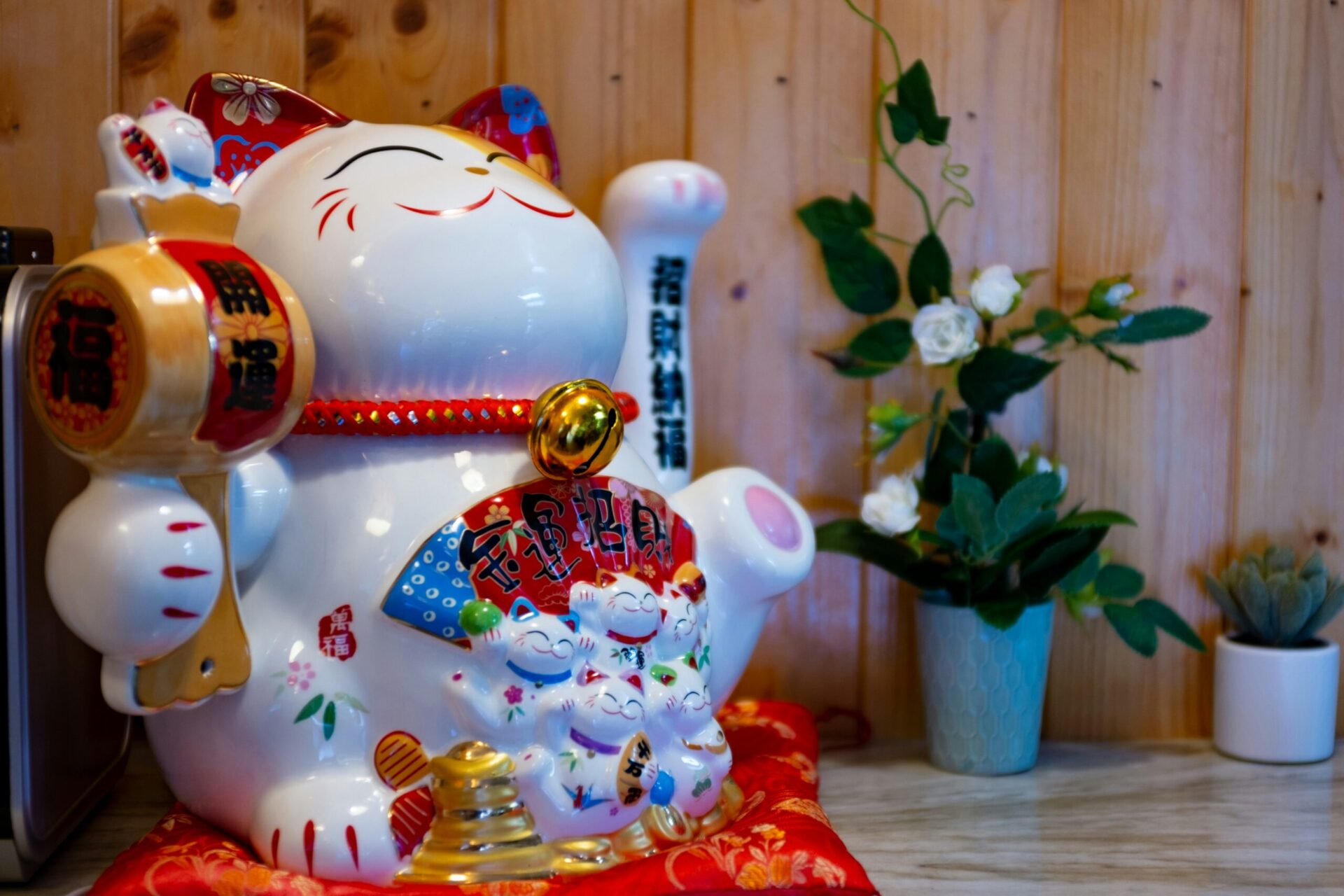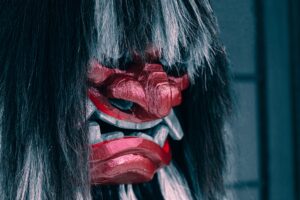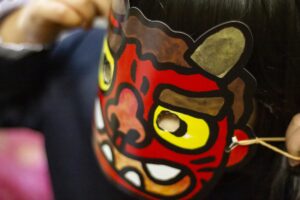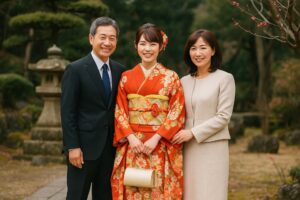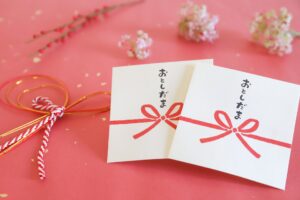This comprehensive guide explores the meanings and symbolism behind the various colors of lucky cats, also known as Maneki Neko. From traditional beliefs to modern interpretations, discover what each color represents and how to choose the right lucky cat for your needs, whether it’s for good fortune, protection, or as a thoughtful gift.
What is a Lucky Cat (Maneki Neko)?
The Maneki Neko, often referred to as the “lucky cat” or “beckoning cat,” is a popular talisman in Japanese culture believed to bring good luck and fortune to its owner. Originating from Japan during the Edo period, the lucky cat has become an iconic symbol of prosperity and success.
These figurines, often seen with a raised paw in a beckoning gesture, are placed in homes, businesses, and shops to attract positive energy and good fortune. The tradition of the Maneki Neko has spread worldwide, with various colors and designs each carrying unique meanings and significance.
Common Colors of Lucky Cats and Their Meanings
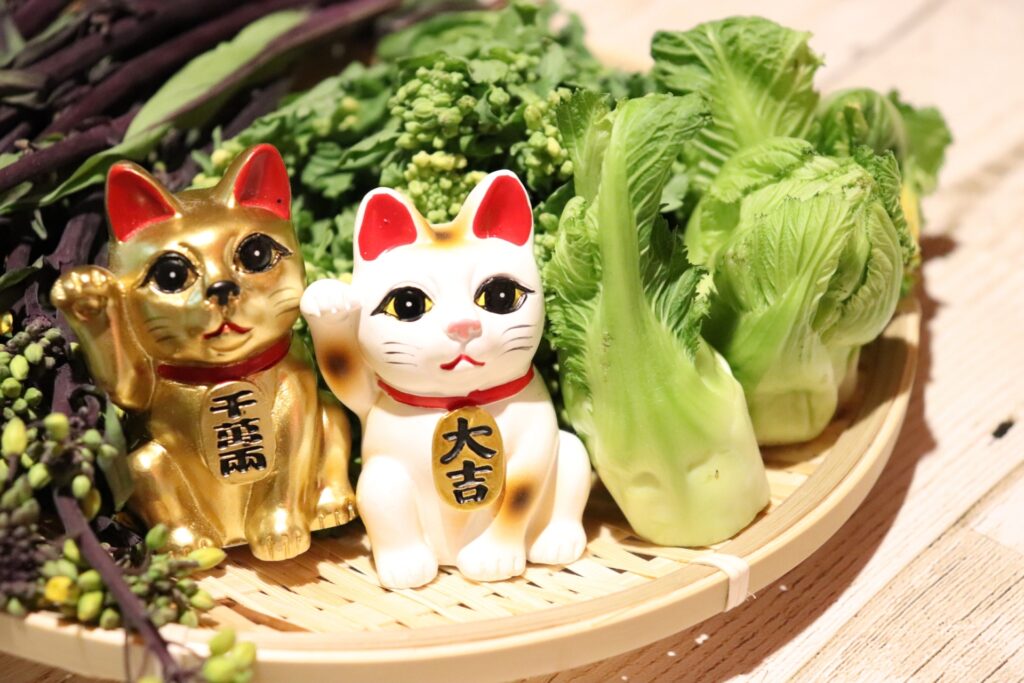
Lucky cats, or Maneki Neko, come in a variety of colors, each symbolizing different aspects of good fortune, prosperity, and protection. Understanding these color meanings can help you choose the right Maneki Neko based on your intentions and needs.
White Lucky Cat
The white lucky cat is one of the most traditional and commonly seen variations. It symbolizes purity, happiness, and positive energy. In Japanese culture, white is associated with cleanliness, peace, and new beginnings, making the white Maneki Neko a popular choice for those seeking overall good fortune and a harmonious environment, whether in a home or business.
Calico (Tricolor) Lucky Cat
The calico lucky cat, also known as the tricolor Maneki Neko, is considered one of the luckiest variations. This version, featuring a mix of white, black, and orange (or red) patches, is believed to attract exceptional fortune and success. In Japan, calico cats have long been associated with protection, making them a favored charm for safe travels and financial prosperity. Traditionally, this variation is particularly common in shops and businesses, where it is believed to bring in wealth and good luck.
Black Lucky Cat

Black lucky cats are believed to ward off evil spirits and offer protection. Traditionally, black cats have been associated with mystery and the unknown. In the case of the Maneki Neko, the black color is thought to scare away malevolent forces and provide a shield of safety for the owner. This makes black lucky cats a thoughtful gift for someone moving into a new home or starting a new venture.
Gold Lucky Cat
Gold lucky cats are synonymous with wealth and prosperity. The gold color represents riches and material success, making these figurines particularly popular among business owners and entrepreneurs. Placing a gold Maneki Neko in your place of business is believed to attract financial success and abundance.
Meaning of Raised Cat’s Paw
The position of the raised paw in a Maneki Neko figurine also holds significant meaning, influencing the type of luck it is believed to attract.
Left Paw Raised
When the left paw is raised, the lucky cat is said to attract customers and clients. This version is often placed in businesses, shops, and restaurants with the intention of drawing in more patrons and increasing sales. The left paw raised cat is particularly popular in commercial settings where foot traffic and customer engagement are crucial.
Right Paw Raised
A Maneki Neko with the right paw raised is believed to bring wealth and prosperity. This version is commonly used in homes and businesses to attract financial success and good fortune. The right paw raised cat symbolizes an open invitation to money and good luck, making it a popular choice for those looking to enhance their financial well-being.
Both Paws Raised
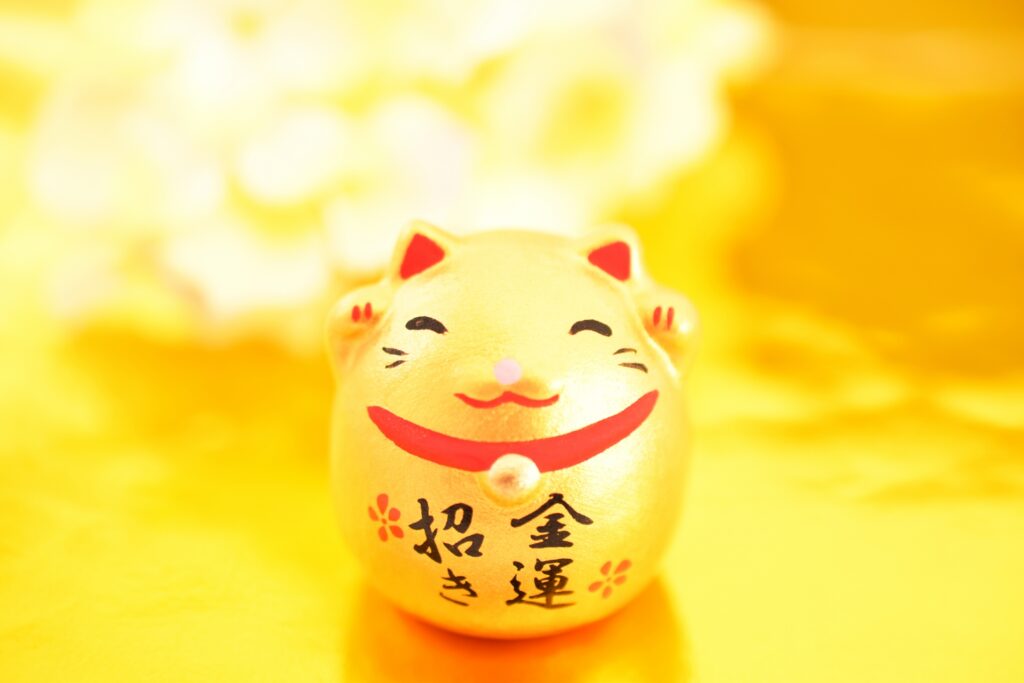
Some Maneki Neko figurines feature both paws raised, symbolizing a combination of protection and good fortune. This version is thought to provide a comprehensive range of benefits, including attracting customers, wealth, and offering protection from negative energies. However, it is less common as some believe that a cat with both paws raised might appear as if it is surrendering, which could counteract the intended symbolism of strength and protection.
Choosing the Right Lucky Cat for Your Needs
Selecting a lucky cat based on its color can enhance its intended purpose. Whether you are looking to attract wealth, provide protection, or enhance happiness, understanding the symbolic meanings behind each color can guide you in making the right choice. For instance, a gold lucky cat is ideal for financial prosperity, while a white one can bring peace and happiness to your home.
Historical Origins and Cultural Significance of Lucky Cats
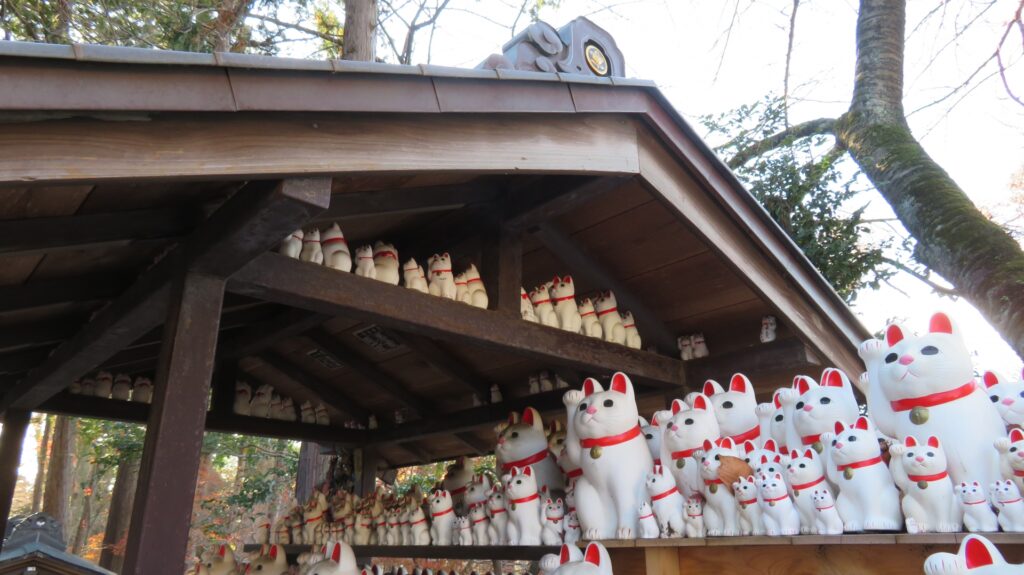
The Maneki Neko has a rich history that dates back to the Edo period in Japan. It is said to have originated from a legend about a poor temple priest who owned a cat. The cat, by raising its paw, saved a traveler from a storm, leading to the traveler becoming a patron of the temple and bringing it prosperity. Over time, the Maneki Neko evolved from a simple figurine to a cultural icon with various color significances, symbolizing different forms of good luck and protection.
Modern Uses of Lucky Cats
In contemporary times, lucky cats are used not only for their traditional purposes but also as decorative items in homes and businesses. They are often seen in storefronts and restaurants, believed to attract customers and ensure business success. The cultural significance of the Maneki Neko continues to evolve, with its presence in popular culture, including movies, TV shows, and literature, further solidifying its role as a symbol of good fortune.
Comparative Cultural Symbols
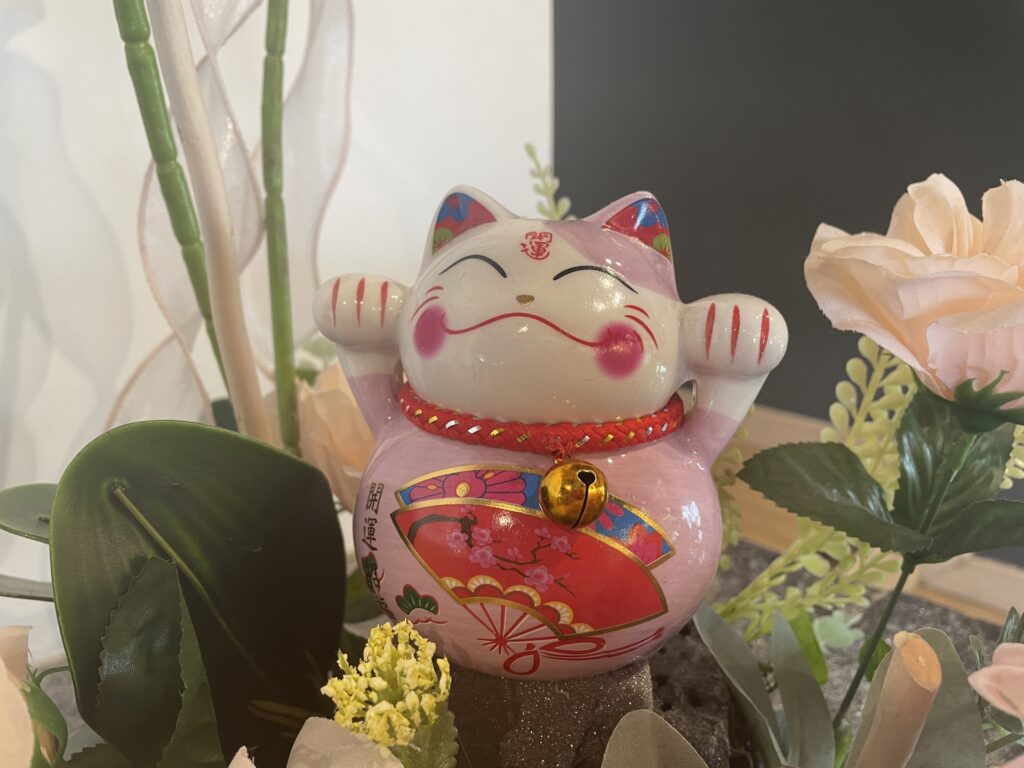
While the Maneki Neko is a well-known symbol in Japanese culture, other cultures have similar talismans. For example, the Chinese Fortune Cat shares many similarities with the Japanese lucky cat, both being used to attract wealth and prosperity. Comparing these symbols can provide a broader understanding of how different cultures use figurines and talismans to convey wishes for good luck and protection.
This guide aims to provide a comprehensive overview of the various meanings and symbolism associated with different colors of lucky cats. By understanding these meanings, you can make informed choices that align with your intentions, whether for personal use, as a gift, or for enhancing your business and home environments.

